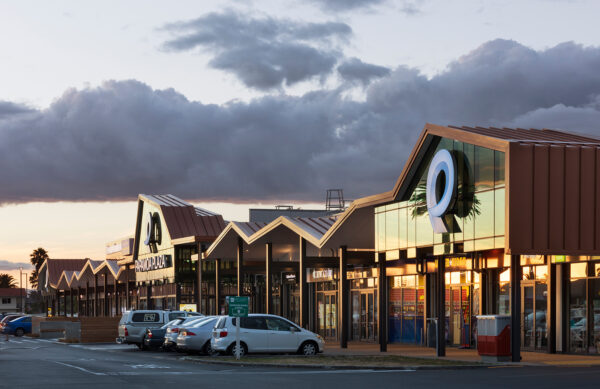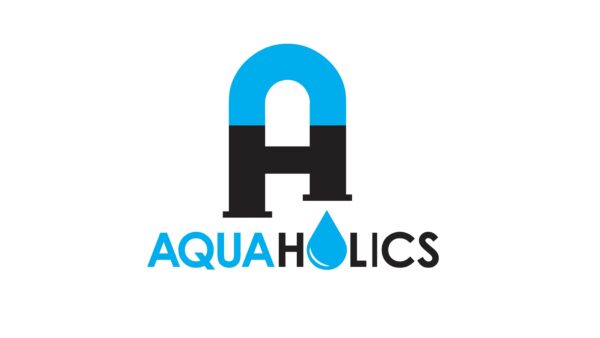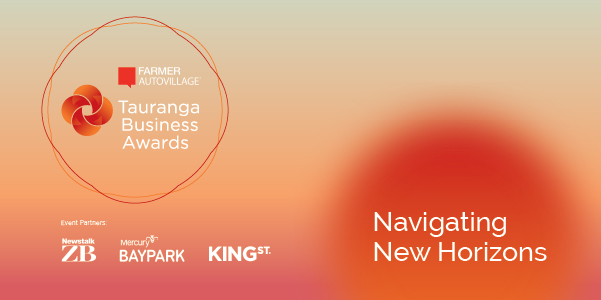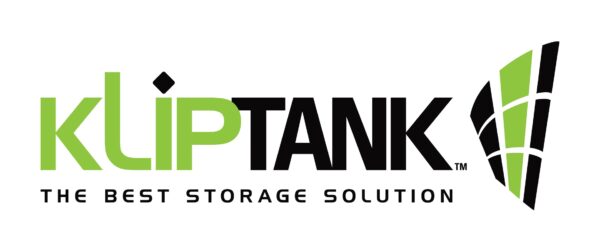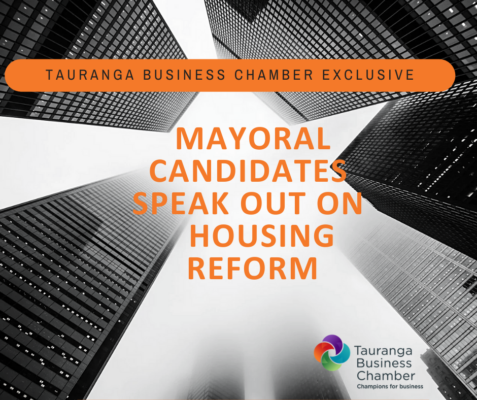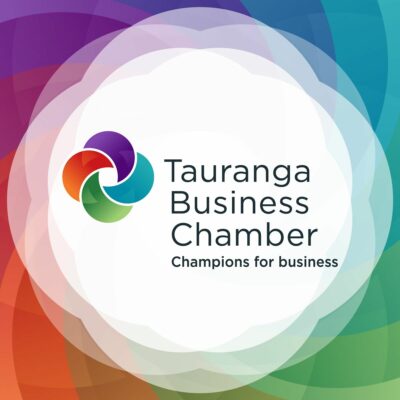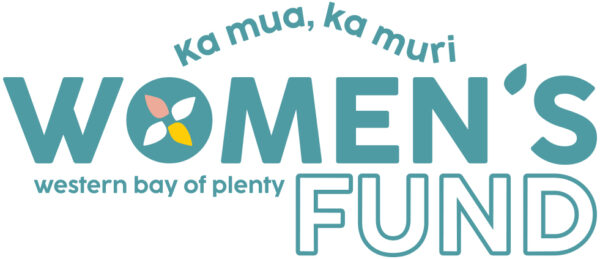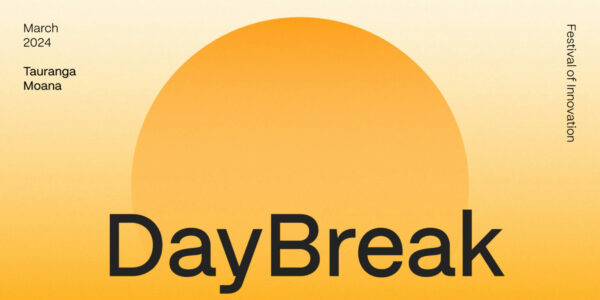While we’re all being a little less social in real life, social media is becoming a vital tool for keeping both individuals and businesses connected.
But what kind of content do you share in a time like this?
We asked Brent Ireland, strategy director at Collab Digital, to share some top tips for businesses looking to upskill their social media during lockdown.
What are a few ways businesses can keep their social media active and engaging, even if they are not operating at this time?
We encourage you to maintain voice on social media. What this means is posting fairly regularly – even if you are not physically open or even open at all.
Content is always the hard part, so what should you post?
- Keep it real, keep it human. Avoid trying to sell or be seen to be trying to capitalise on COVID-19 in any way. Customers will remember the brands and companies that stood by them and supported them… and they’ll also remember those that tried to capitalise and profit from the situation.
- Continue posting and more importantly, continue interacting with other brands and the people that engage with your posts – this could be as simple as liking a comment!
- Remember that Facebook is the biggest platform by far, followed by Instagram. Other platforms are available to us – Snapchat, TikTok etc – but the audience sizes are no where near as big as Facebook and Instagram.
- If you play in the B2B market, your main focus should be LinkedIn, but still have some presence on Facebook.
What are good ways to drum up content, given some businesses can’t leave the house / get new content?
You could share content of what your team are up to day-day-day, specific business, service or product style posts are still OK but just remove any hard sell messaging. Stories are the perfect environment to share raw and un-curated content. Have a bit of fun with it and keep it fairly light-hearted.
Now would be a good time to do a bit of an audit of your social media channels, so what are three things people can optimise at this time?
Take a look at every single element of your social media and audit it. I can almost guarantee that you’ll find something that isn’t quite right!
Look at your About section on Facebook and your automatic message replies – are all the details correct? You can also edit your bio on Instagram.
Go in to the Insights section, select posts and do an audit of your last 100 posts. What has worked the best? What didn’t work at all? Take note of this!
Work out your engagement rate. You can do this by dividing the post engagement number by the post reach number, and the multiply this by 100 – just make sure you base this on organic posts only, not on any posts you have put advert spend behind.
The average engagement rate for Facebook is 0.09% and on Instagram it’s 1.6%. As a rule, on Facebook you should be at least 1% and on Instagram minimum 2% – if you aren’t higher than these numbers, you need to relook at your content and try to understand why it’s not resonating with your audience.
These minimums are conservative – put it this way, we have pages on Facebook with 5-8% engagement rates and on Instagram as high as 8-12%. This may not sound massive, but when compared to the averages – it’s huge.

What is the number-one mistake people can make with their social media in a time like this?
The single biggest mistake is continuing to post as if nothing were happening. It screams to your audience that you’re tone deaf. What sounded OK a couple of weeks back probably isn’t OK now.
Also, it’s not a bad thing to go silent in times like these – it’s not being passive, it’s being respectful. Ideally, you do maintain presence and continue with some posts though!
Anything else you’d like to add?
Don’t overcomplicate things. Keep it simple, keep it human and keep it real!
Want more top tips, advice and insights? Check out our news section.






